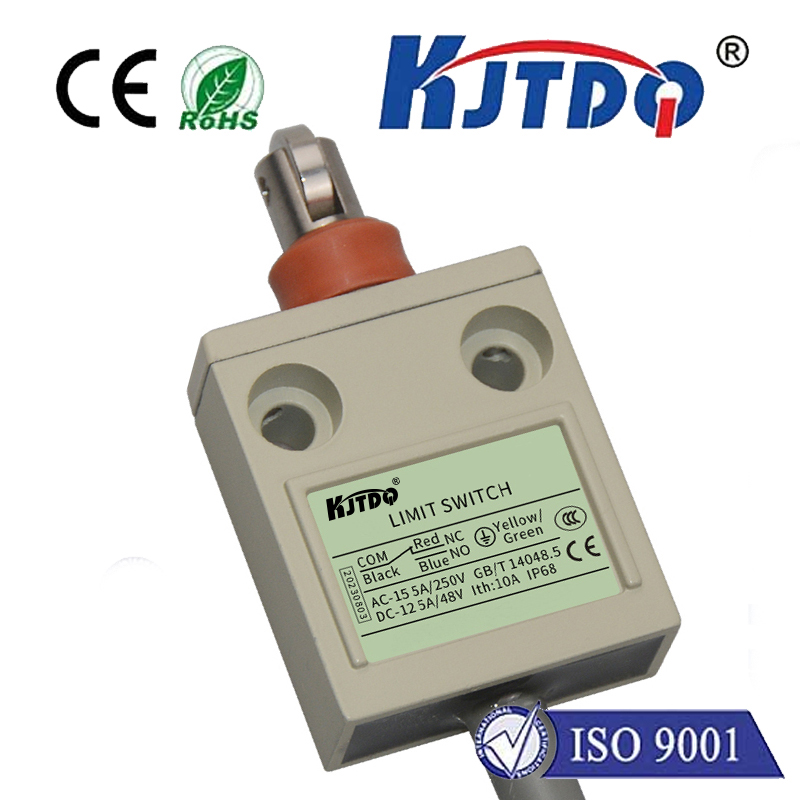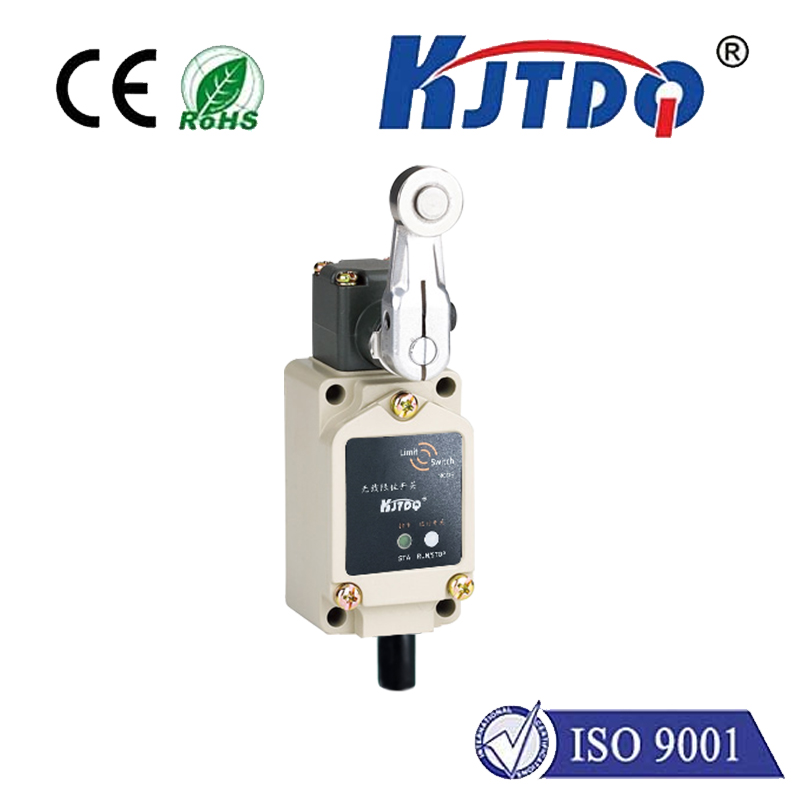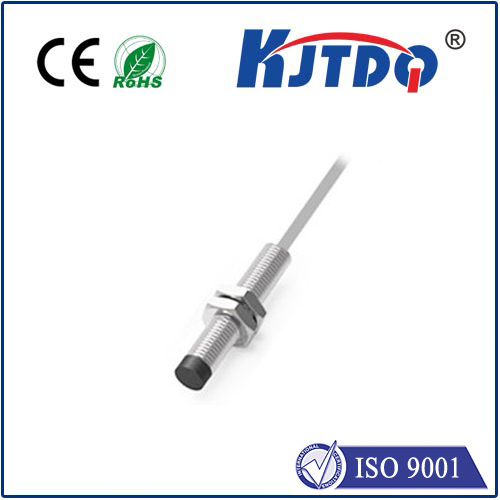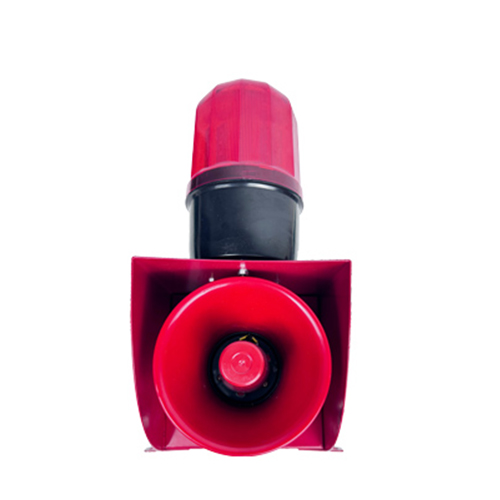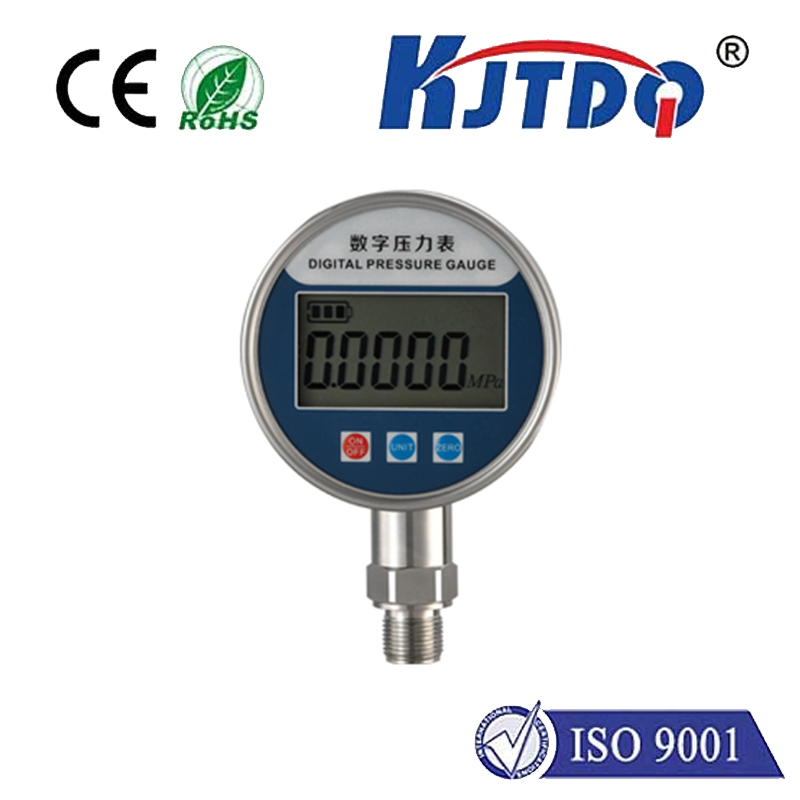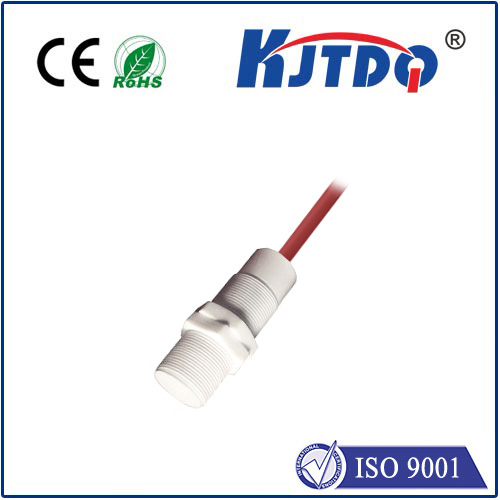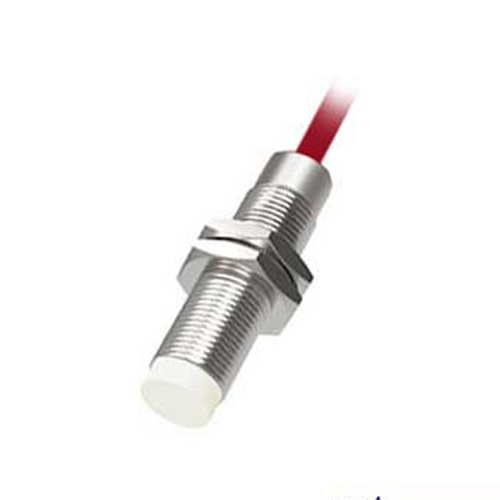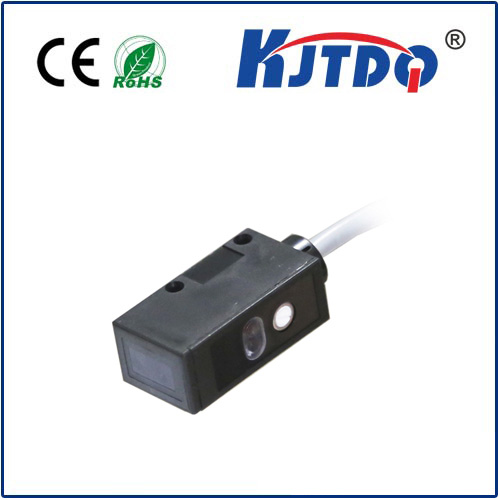laser water level sensor
- time:2025-08-29 00:47:43
- Click:0
Laser Water Level Sensors: Achieving Unparalleled Accuracy in Fluid Measurement
Accurate water level monitoring isn’t just convenient; it’s often mission-critical. From preventing disastrous overflows in chemical plants to ensuring precise dosing in pharmaceutical production, knowing exactly where the liquid surface lies is paramount. Traditional methods like float switches, pressure transducers, or ultrasonic sensors have served industries for decades. However, when extreme precision, resistance to challenging environments, or non-contact measurement is essential, laser water level sensors emerge as the superior, technologically advanced solution. This innovative technology harnesses the power of focused light to deliver reliability where others falter.
How Laser Water Level Sensors Work: Harnessing Light for Precision
At the heart of a laser water level sensor lies the principle of time-of-flight (ToF) measurement. Here’s a simplified breakdown:
- Laser Pulse Emission: The sensor emits a short, highly focused pulse of coherent laser light (typically in the infrared or visible spectrum) towards the water surface.
- Reflection: The laser pulse travels unimpeded through the air and reflects off the surface of the water.
- Detection: The sensor’s sensitive receiver detects the reflected laser pulse.
- Time Calculation: The sensor’s internal processor precisely measures the time difference (
Δt) between sending the pulse and receiving the reflection.
- Distance Calculation: Knowing the speed of light (
c) is constant, the distance (d) to the water surface is calculated using the formula: d = (c * Δt) / 2. The division by two accounts for the pulse traveling to the surface and back.
This direct distance measurement translates directly to the water level within the tank or channel, referenced from the sensor’s mounting point. The speed and precision of light enable exceptionally fast and accurate readings.

Key Advantages Driving Adoption
The unique operating principle of laser sensors offers significant benefits over traditional water level measurement technologies:
- Exceptional Accuracy and Resolution: Laser sensors deliver unparalleled precision, often achieving resolutions down to millimeters or even fractions of a millimeter. This is crucial for applications requiring exact level control, inventory management, or compliance with strict regulations.
- True Non-Contact Measurement: The laser beam never touches the liquid. This eliminates issues like:
- Corrosion or Fouling: Sensors remain clean, unaffected by sticky, corrosive, or abrasive liquids.
- Contamination: Ideal for potable water, food & beverage, or pharmaceutical processes where sensor contact is prohibited.
- Mechanical Wear: No moving parts (like floats) to fail or require maintenance.
- Narrow, Focused Beam: The laser generates a very thin, concentrated beam. This provides several advantages:
- Ability to Measure in Tight Spaces: Can target small openings, bypass obstructions like tank internals (agitators, baffles, ladders), or measure in narrow channels where ultrasonic or radar beams might be too wide.
- Minimal False Echoes: Less likely to pick up reflections from tank walls or internal structures compared to wider-beam technologies.
- High Tolerance for Challenging Environments: Laser level sensors perform reliably where other sensors struggle:
- Vacuum/Pressure: Performance is largely unaffected by varying atmospheric pressure or vacuum conditions within sealed tanks.
- Temperature Extremes: Capable of operating effectively across wide temperature ranges (sensor dependent, often -40°C to +60°C or higher).
- Dust and Steam: While heavy obscuration can affect performance (a limitation compared to some radar), modern laser sensors are surprisingly robust in moderate dust or steam-laden air, especially with signal processing algorithms designed to filter noise.
- Fast Response Time: The measurement process is extremely quick, enabling real-time monitoring of rapidly changing levels, critical for process control and safety systems.
- Simple Installation and Setup: Typically mounted over the tank opening or onto a flange. Setup often involves simple configuration via buttons or software, including setting the measurement range and output parameters.
Where Laser Sensors Excel: Prime Applications
Laser water level sensors are the preferred choice in demanding scenarios where their unique strengths are vital:
- Wastewater Treatment: Accurate level measurement in grit chambers, clarifiers, holding tanks, and chemical storage tanks, resisting corrosion from harsh chemicals and handling foam or surface turbulence.
- Chemical Processing: Monitoring volatile, corrosive, or toxic chemicals safely and precisely in reactors, storage vessels, and dosing systems. The non-contact nature is a critical safety feature here.
- Power Generation: Level control in feedwater tanks, condensate tanks, demineralized water storage, and auxiliary systems requiring high reliability and tolerance to steam.
- Food & Beverage: Ensuring hygiene in tanks holding ingredients, syrups, or finished products without risk of contamination, even with viscous liquids.
- Pharmaceuticals: Precise level control in bioreactors and mixing vessels during sensitive production processes, adhering to strict sanitary standards.
- High-Precision Process Control: Any application demanding millimeter-level accuracy for batching, inventory control, or critical process feedback.
- Small or Obstructed Tanks: Measuring levels in confined spaces or tanks with complex internal structures where other sensor beams would be obstructed.
Critical Considerations for Selection and Use
While powerful, laser water level sensors are not a universal panacea. Careful consideration ensures optimal performance:
- Transparent Liquids: Laser beams can potentially pass through perfectly clear liquids (like pure water or solvents) without reflecting strongly off the surface. Many modern sensors have specific algorithms or detection modes optimized for this, but verifying suitability for the specific liquid is essential. Often, targeting a slight angle or ensuring the beam hits a known reflection point works.
- Heavy Obscuration: While tolerant, dense fog, heavy dust storms, or thick steam plumes directly in the beam path can scatter the light sufficiently to prevent a reliable measurement. Radar sensors might be better suited for environments with constant, severe obscuration.
- Surface Conditions: Very turbulent water, thick foam, or floating debris can sometimes cause measurement fluctuations or errors. Advanced signal processing helps mitigate this, but extreme conditions require evaluation. High surface turbulence is less problematic for lasers than for ultrasonic sensors due to the much faster measurement speed.
- Target Color/Absorption: Highly absorbent dark surfaces or liquids can weaken the reflected signal. Sensor power and receiver sensitivity need to be matched to the application.
- Window Contamination: If used in pressurized or hazardous environments requiring a sight glass or window, keeping this window clean is crucial. Buildup will attenuate the laser beam. Some sensors offer window contamination detection features.
Integrating Precision into Your Systems
Laser water level sensors typically provide industry-standard outputs like 4-20 mA analog signals, digital Modbus (RS-485), or discrete relay signals. This allows seamless integration into PLCs, SCADA systems, data loggers, and control panels for monitoring, alarming, and automated process control.
Investing in laser technology translates directly to enhanced process efficiency, improved safety, reduced downtime from sensor failures, and the peace of mind that comes with uncompromising measurement accuracy. For applications where traditional methods fall short – be it due to the need for precision, corrosive environments, space constraints, or the requirement for absolute non-contact operation – the laser water level sensor presents a robust and technologically sophisticated answer, setting a new standard for reliable fluid level management.






